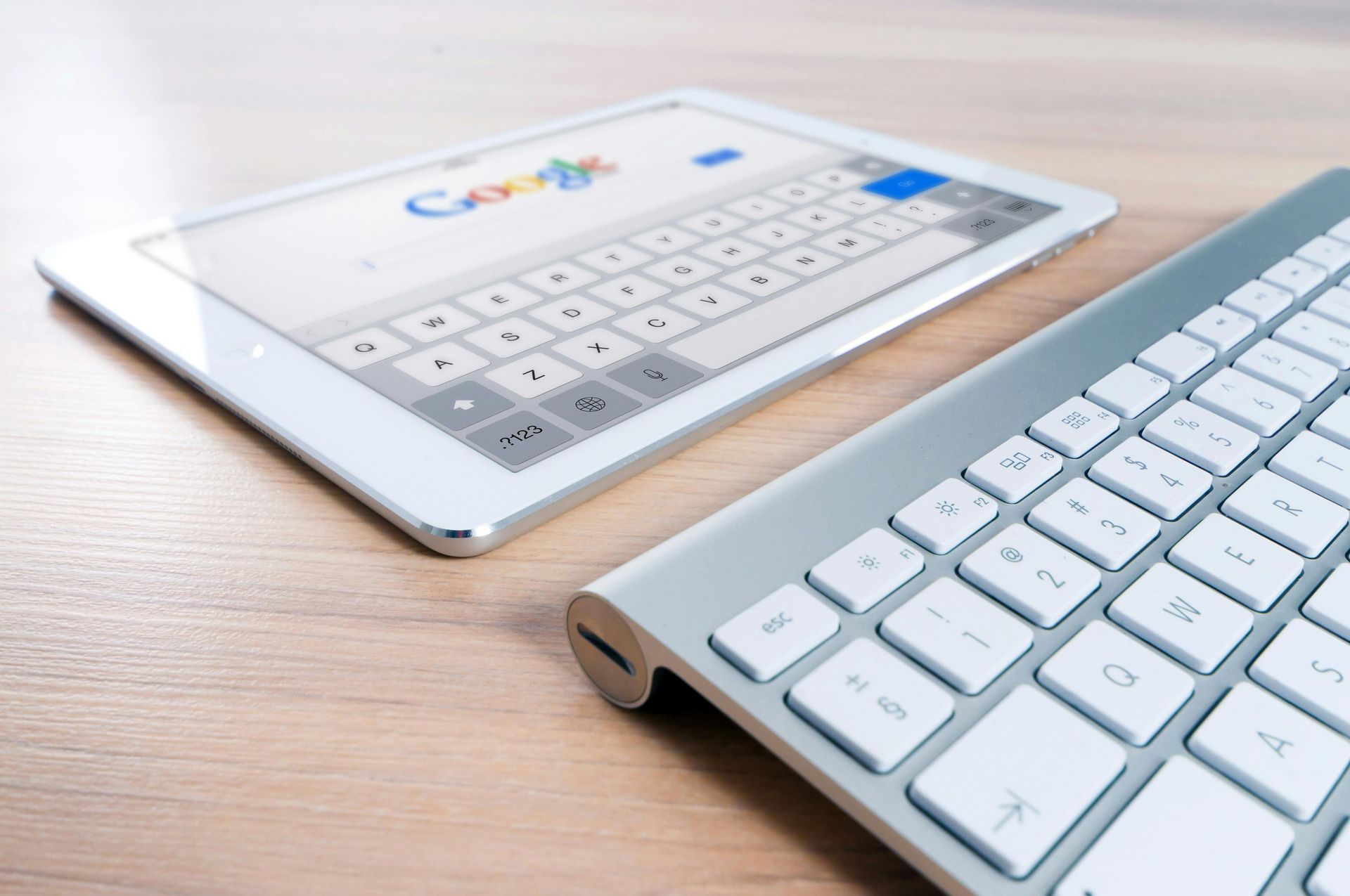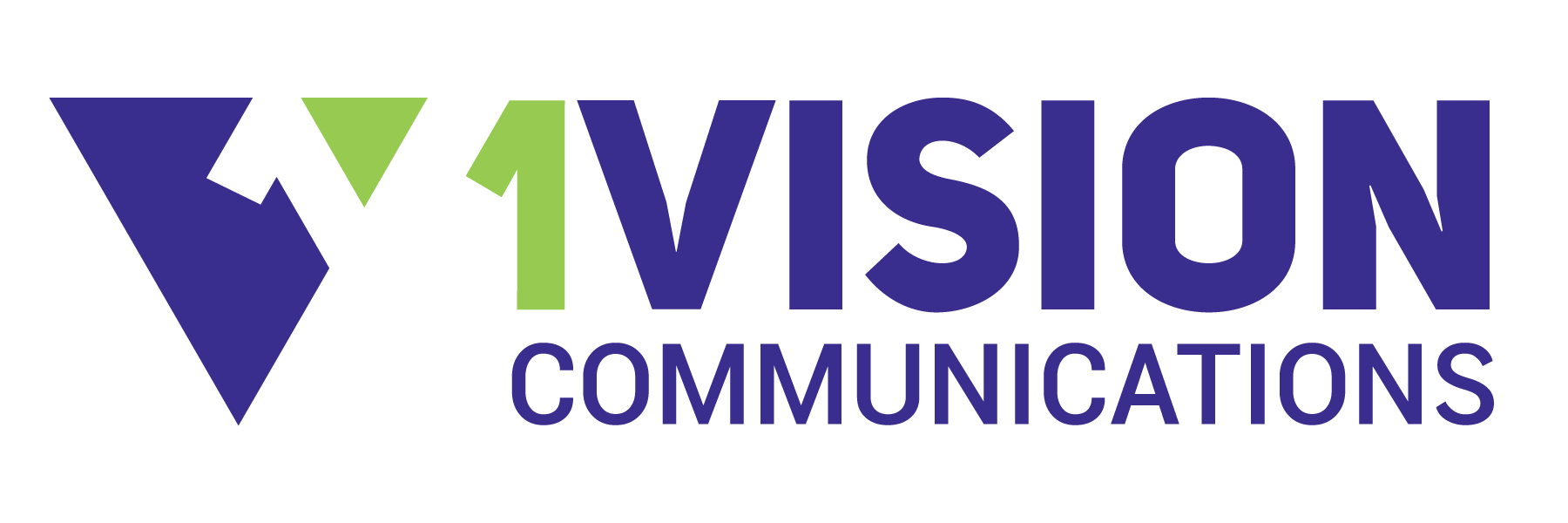Changing My Hairstyle
My kids chide me that I haven’t changed my hairstyle since Nixon was in office. (Actually, it may have been earlier than that.) Is it inertia,
bending to the cultural and professional norm, or the lack of enough “resources” to work with? Nonprofits often find themselves in that same predicament when it comes to their fundraising or development I heard this factoid quoted and wanted to pass it along...
90% of nonprofits use the same fundraising strategy today that they used 10 years ago –and less than half say it is “effective”!
If you are involved in a nonprofit (board, staff or volunteer), you owe it to your mission, the cause, and the people or pets you pledged to serve. Change requires recognition that your present activities aren’t getting the outcome you truly desire or your donors deserve. Next, an honest assessment of your processes and habits should happen. Often, an independent observer can provide perspective and counsel. Finally, a plan with new actions can be set in motion. Consider these low-cost efforts.
- Call 10-15 donors who gave in 2013 but didn’t in 2014. (Letters or focus groups won’t provide the same results.) You are not seeking a donation, only information. Disarm them with your honesty upfront and they will reward you with useful insight. Ask why they gave before, why they didn’t give last year, what has changed over that time, what the “talk” is about your organization and what improvements he/she might suggest. When taken seriously and done by the highest-ranking executive, it can yield incredible information.
- Don’t want to stray too far from “what works”? Change doesn’t have to be total. Consider adding A/B testing to your fundraising. It’s a simple concept that’s been used for decades. Start with a statistically significant sample; half is common. Mail a different appeal or offer to each set. Change only one thing so you don’t confuse the conclusion! Keep track of which effort “wins” by: dollars, comments, or responses – whatever your metrics indicate
.
- Institute a “major donor” appreciation event. It doesn’t have to be an expensive dinner! In fact, some of the best ideas cost little money, which demonstrates your understanding the value of a donated dollar, too. Make it exclusive and DON’T ASK FOR MONEY.
Hope this helps. Let me know what your nonprofit did to become more effective.




